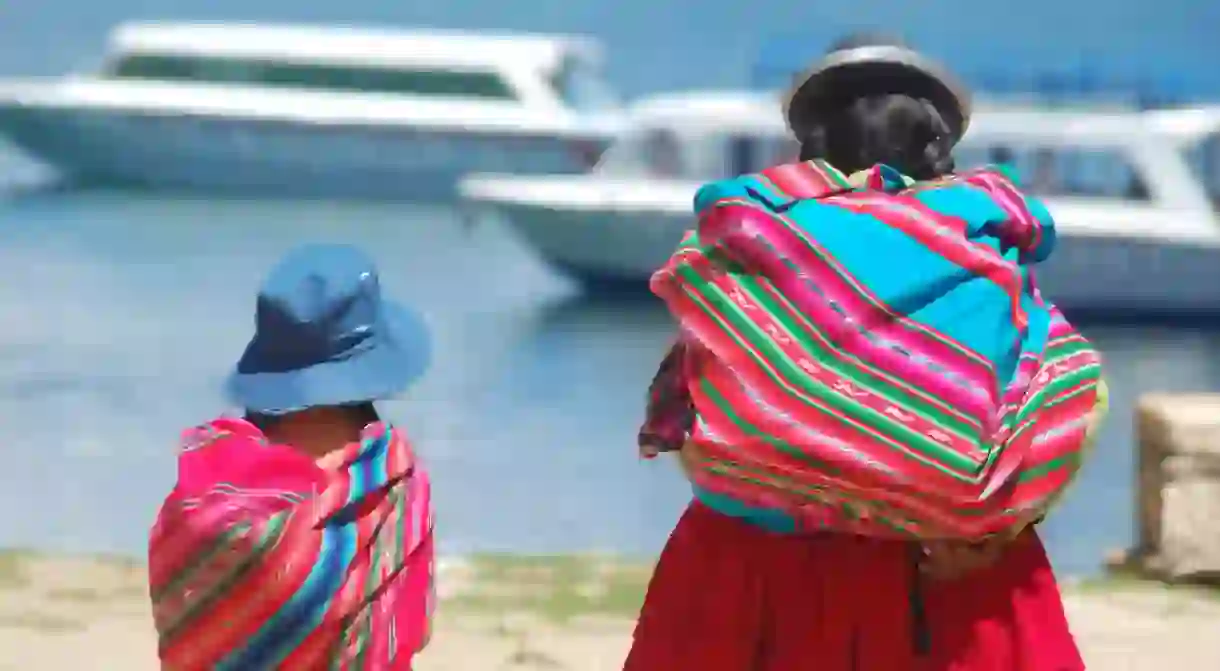An Introduction To Traditional Cholita Dress

Not so long ago, the traditional cholita (indigenous woman) dress represented poverty and repression due to the widespread discrimination they suffered at the hands of the Spanish ruling class. These days, their unique outfit has regained its dignity thanks to an indigenous rights revolution brought about by Bolivia’s first native president, Evo Morales. Read on to see what constitutes this colourful outfit, which is now proudly worn by Bolivian women throughout the country.
Derby (bowler) Hat
This stylish hat was introduced by British railway workers in the 1920s and was quickly adopted by cholitas as an essential fashion accessory. The best are made from suede so its not unusual to see them wrapped in plastic bags for protection on rainy days.


The Shawl
Many cholitas drape a shawl over their shoulders. This can either be a plain woolen blanket or a colorful, intricately designed silk number, depending on the wealth of the owner. They are usually held together with an ornamental broach.


The Pollera
The pollera is a colourful, ankle-length plaited skirt that forms an essential part of the traditional cholita outfit. It’s made of up to 25 feet (8 metres) of cloth while several embroidered underskirts are worn underneath to create a rounded effect.

Hairstyle
The typical cholita hairstyle features two very long plaits which drape down the back. A tasseled cord ties the plaits together at the end.

The Aguayo
The aguayo is a colorful piece of cloth embroidered with indigenous patterns that wraps around the cholita’s shoulders and rests on her back. It’s used to carry all sorts of things including shopping and even babies.

Jewellery
Cholitas like to adorn themselves in as much jewellery as they can afford. Gold teeth grills and precious stones are particularly popular; the flashier the better. The wealthiest don tens of thousands of dollars’ worth when attending special occasions, enough to warrant hiring a personal bodyguard.














